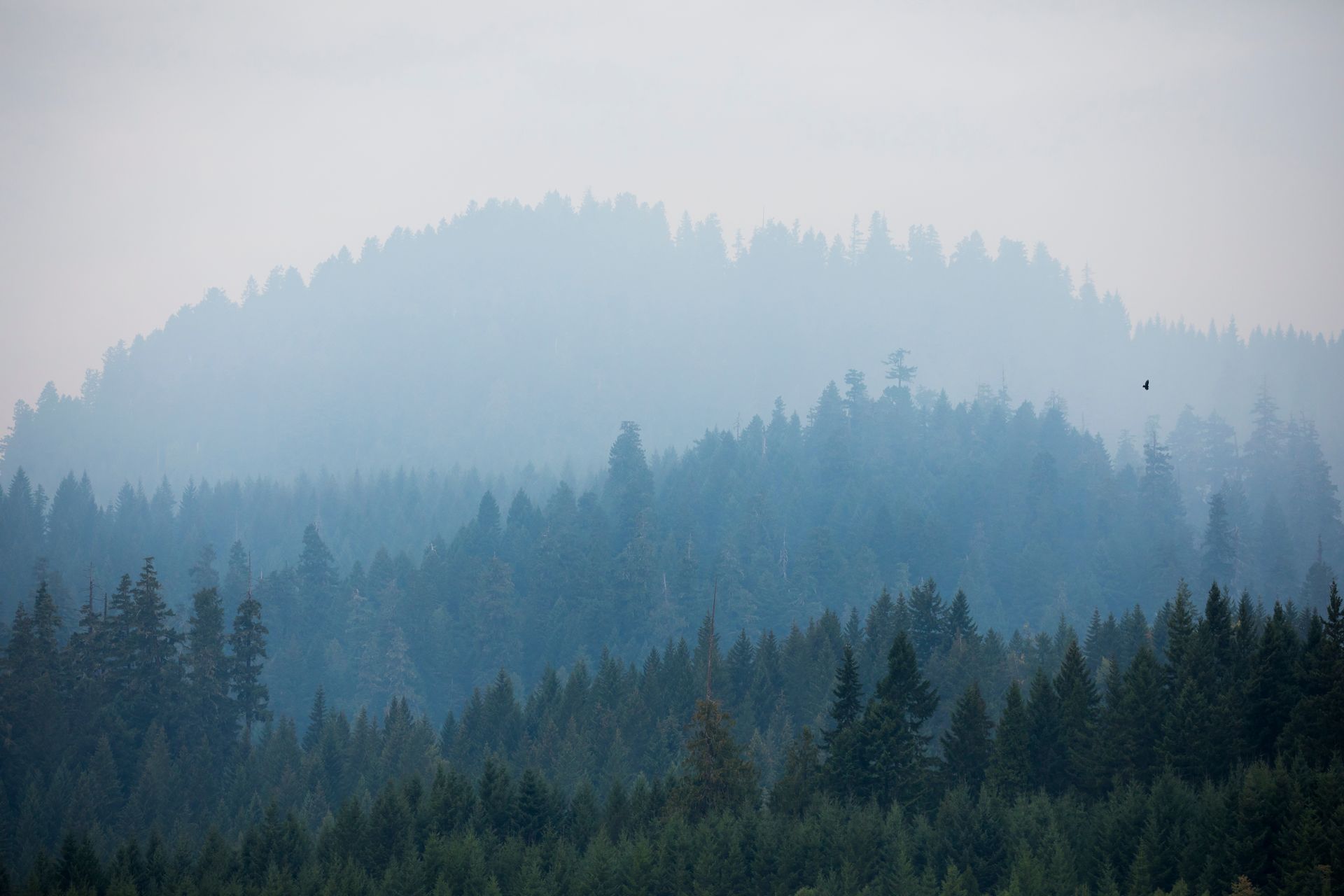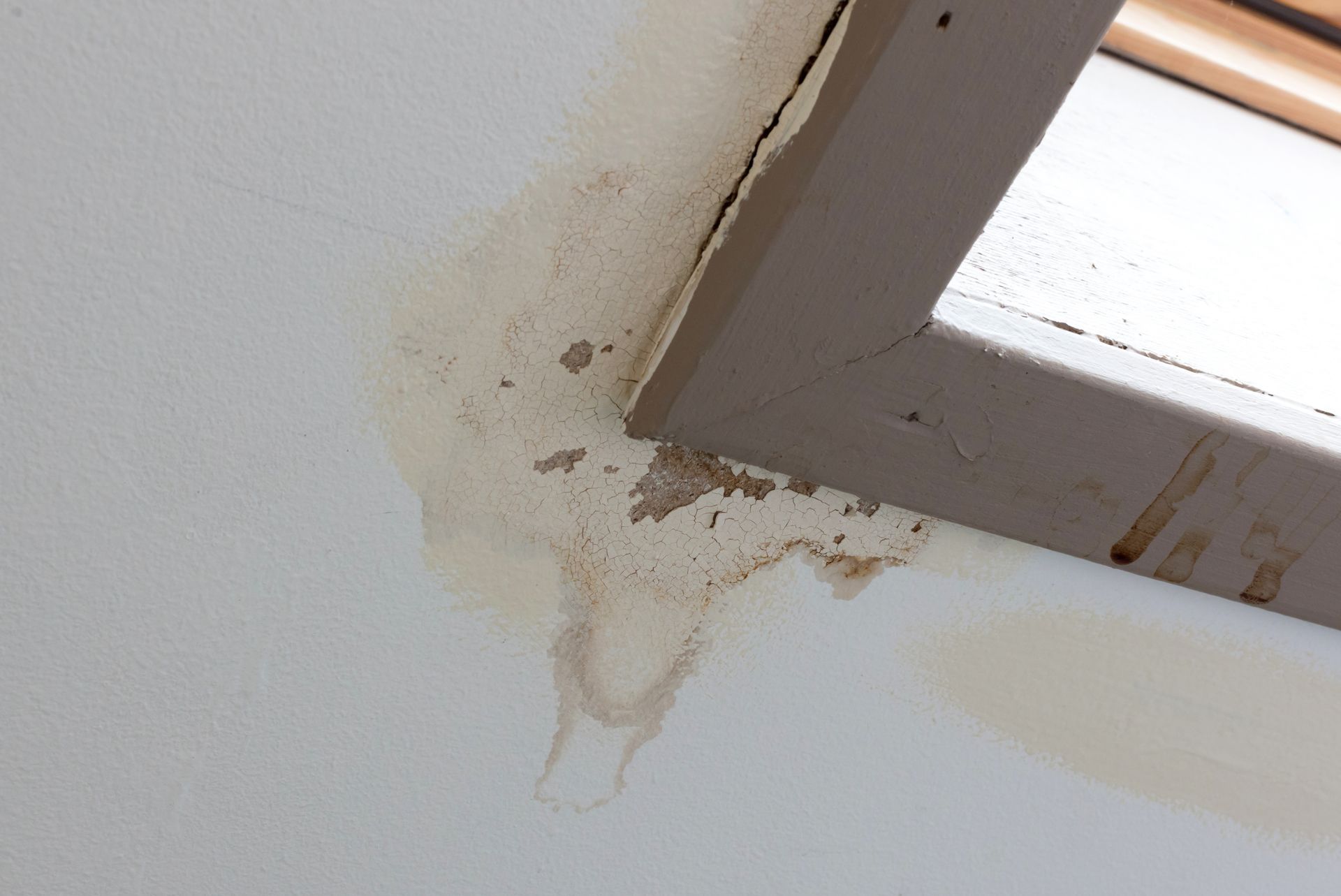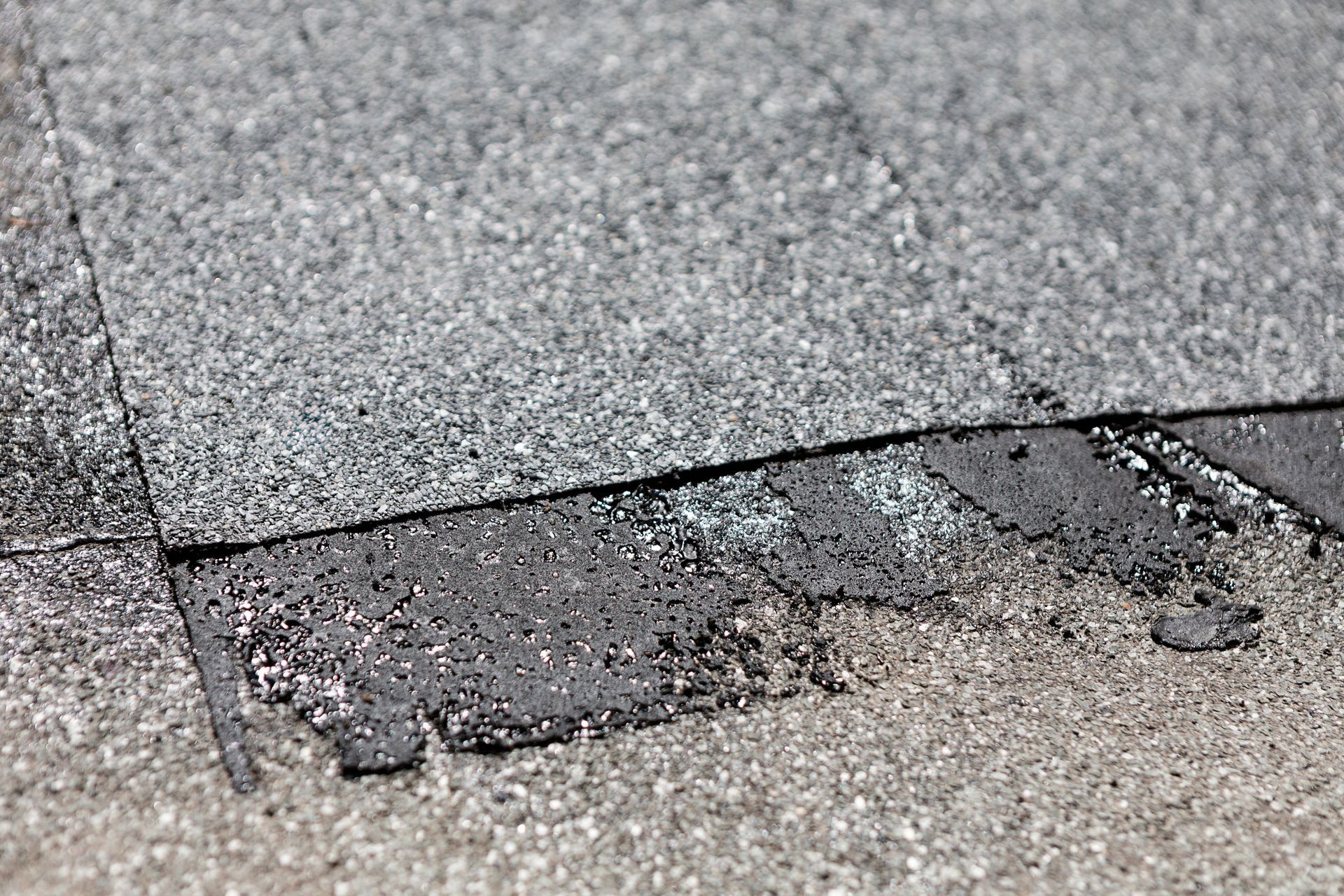What Soot, Ash and Acids From Wildfire Smoke Really Do to Your Roof in Puget Sound

Wildfire season has become a reality across the Pacific Northwest. Even if flames never reach your neighborhood, the smoke often does and it doesn’t just affect air quality. When wildfire smoke drifts over Puget Sound communities, it leaves behind soot, ash and acidic compounds that can cause hidden damage to roofs.
Homeowners in Seattle, Tacoma, Everett, and surrounding areas with concerns about the effects of wildfire smoke exposure on their roof should give Chet’s Roofing & Construction a call
Soot: Fine Particles That Clog and Stain
Soot is made up of fine carbon particles created by incomplete combustion. It’s what gives wildfire smoke its dark, hazy appearance. On roofs, soot acts like a sticky film:
- Clogged Gutters and Valleys: Soot settles into small crevices, mixing with moisture to form sludge that blocks drainage.
- Surface Staining: Light-colored shingles, tile or metal panels can develop dark stains that are difficult to remove without professional cleaning.
- Heat Absorption: A soot-coated roof absorbs more sunlight, which can raise attic temperatures and strain your cooling system.
Because soot is so fine, rainfall often isn’t enough to wash it away. Over time, it embeds in shingles and accelerates wear.
Ash: Heavy Debris with Hidden Risks
Unlike soot, ash consists of larger, powdery particles that may appear gray or white. It seems harmless, almost like dust, but on a roof, it poses unique challenges:
- Weight Accumulation: A thick layer of ash can add surprising weight, particularly on flat or low-slope roofs, increasing stress on the structure.
- Moisture Retention: Ash is highly absorbent. When it gets wet, it forms a paste that traps moisture against shingles, speeding up deterioration and encouraging mold growth.
- Alkaline Reaction: Ash is alkaline in nature. When combined with rainwater, it can create a caustic mixture that slowly degrades roofing materials.
In the damp Puget Sound climate, ash that mixes with mist or drizzle is especially concerning because it can seep into tiny shingle cracks and underlayment.
Acids: The Invisible Threat in Smoke
One of the least visible but most damaging byproducts of wildfire smoke is acidic compounds. As vegetation, plastics and other materials burn, they release chemicals like sulfur dioxide and nitrogen oxides. Once airborne, these compounds interact with moisture to form weak acids. When these acids settle onto your roof, they can:
- Break Down Protective Coatings:
Asphalt shingles lose their granules faster, while metal roofs may experience premature corrosion.
- Weaken Sealants and Flashing: Acids degrade caulks and sealants around vents, skylights and chimneys.
- Encourage Moss and Algae Growth: The chemical changes to the roof surface make it more hospitable to biological growth common in the Puget Sound region.
While the effects may not be obvious right away, over the years, acidic deposits can shorten a roof’s lifespan significantly.
Why Puget Sound Roofs Are Especially Vulnerable
The unique climate of the Puget Sound area amplifies wildfire smoke damage:
- Moisture + Ash = Accelerated Wear:
Unlike arid climates, the constant drizzle and high humidity here combine with ash and soot to create corrosive slurries.
- Moss and Algae Growth: Already a common problem in the region, moss finds extra “grip” in smoke residue, making infestations harder to control.
- Wind Patterns: The Puget Sound acts as a basin, trapping smoke particles in the air longer than in open plains, which means longer exposure for your roof.
In short: a roof in Western Washington doesn’t just get a brief dusting from wildfire smoke; it often endures weeks of chemical and physical stress.
What Homeowners in the Seattle Area Can Do About Wildfire Smoke
You can’t prevent wildfire smoke from reaching your roof, but you can minimize the damage:
- Schedule Roof Inspections After Heavy Smoke Events:
A professional can spot early signs of soot buildup, ash retention or corrosion.
- Clean Gutters Promptly: Fine soot and ash can collect on gutter guards or mix with other debris, leading to blockages that prevent proper drainage and force water back toward the roof.
- Consider Professional Cleaning: High-pressure washing can damage shingles, but the low-pressure cleaning and specialized products used by roofing professionals can safely remove deposits.
Ensure Wildfire Smoke Doesn’t Have Long-Term Consequences for Your Roof
Among the many threats posed by wildfire smoke, roof damage stands out. From soot and ash buildup to invisible acids that corrode materials, smoke can silently cut years off your roof’s lifespan if left unchecked. Contact Chet’s Roofing & Construction by calling (877) 611-1514 and scheduling your roof inspection.



